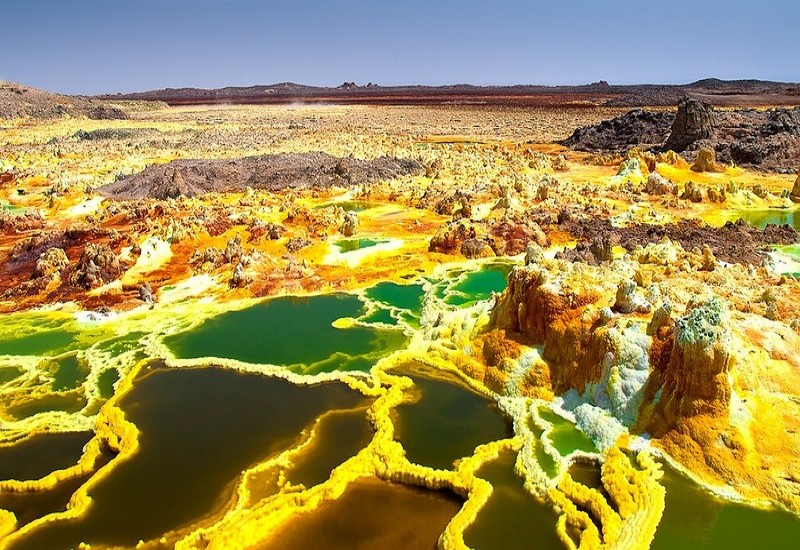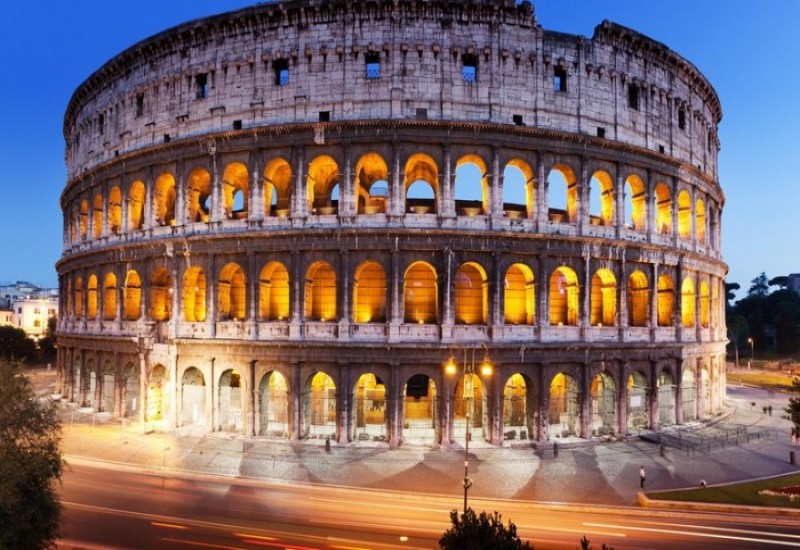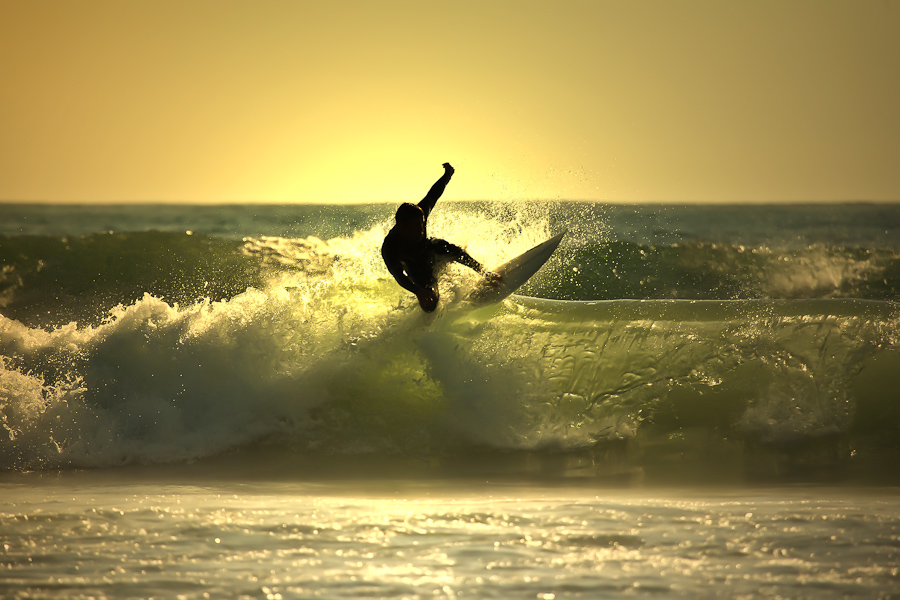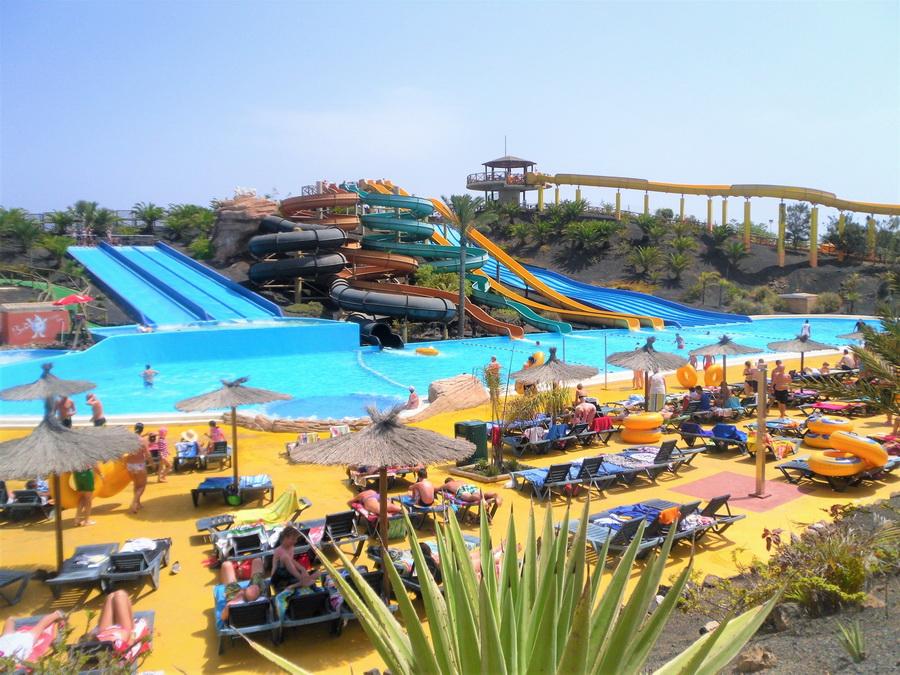What to see in Fuerteventura
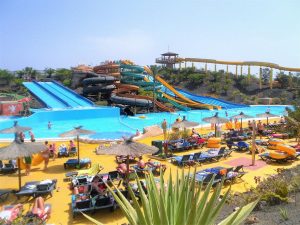 Fuerteventura, whose name translates roughly as “reliable luck,” is one of the popular tourist islands of the Canary Archipelago and the main center of European windsurfing. Despite its desert volcanic landscape, there are green areas, a botanical garden and a zoo, olive groves and whole plantations of medicinal aloe grow. In addition, the island is the former capital of all the Canary Islands with a museum and several interesting temples.
Fuerteventura, whose name translates roughly as “reliable luck,” is one of the popular tourist islands of the Canary Archipelago and the main center of European windsurfing. Despite its desert volcanic landscape, there are green areas, a botanical garden and a zoo, olive groves and whole plantations of medicinal aloe grow. In addition, the island is the former capital of all the Canary Islands with a museum and several interesting temples.
Top 10 Fuerteventura Attractions
Sotavento Beach
Fuerteventura attracts tourists primarily with its beaches. Despite the fact that it is an island of volcanic origin with several volcanic peaks that once erupted, the landscape here is quite flat. A feature of the local climate is the constantly blowing wind. Therefore, there are beaches with a high wave, which are convenient for windsurfing. You can relax here all year round, but the best time for surfing is from April to October.
The main center of this sport is Sotavento Beach near the resort town of Costa Calma. This beach is officially recognized as the best in Europe for surfers. There are several bays on the beach, protected by sandbanks, for those who prefer to just swim, but the main entertainment here is windsurfing. There are centers along the coast where you can rent boards of any type and learn how to stick to them, and the length of the beach itself is 30 km.
Pico de la Zarza
Pico de la Zarza – the highest point of the island, 807 m above sea level. Like the Tende volcano on Tenerife, it is part of the caldera of the grand stratovolcano that erupted here 21 million years ago. This mountain is the center of the Jandia Natural Park. An eco-trail 7.5 km long is laid along the top of it, it starts right from Matorral Beach.
The road is deserted: the mountain slopes are not overgrown with forest, but rather stony and covered with frozen lava. Here rare succulent plants are found – for example, different species of crassulas, and birds of prey soar above the mountain. The peak itself is fenced off by goats that eat protected plants. On a sunny day, beautiful views of the whole island open from the top of Pico de Sars.
Oasis park
Oasis Park is the largest green area of a deserted island. There is an extensive botanical garden. The basis of his collection is relic plants of the Canary Island. The fact is that in the Canaries several sections of ancient subtropical forests have survived, which for several million years covered almost entirely the territory of future Europe. Now there is very little left of them, and some plants have not been preserved on the mainland, but they have been preserved precisely in the Canaries, for example, the Azores (or Canary) laurels.
Fuerteventura has 12 species of plants that are found only here and nowhere else, but the collection of the botanical garden is, of course, wider. It presents all relict species of the Canary Islands and several relict plants from other regions of the world, for example, from Australia. In addition, there is a huge cactus garden – because cacti and other succulents on the island feel great.
The second part of the park is zoological. This is a zoo created in accordance with modern requirements for keeping animals: huge enclosures, balconies above them to observe the inhabitants and much more.
Betancuria – the former capital of the kingdom
Betancuria is a small village almost in the center of the island. This place was founded in 1404 by Jacques de Betancourt personally, the conqueror who conquered the Canaries and declared himself the Canary King. The next ruler of the city and island was his relative, Masio de Betancourt. The city remained the capital until 1834, when it stopped growing due to the lack of good land around and the lack of fresh water: the river on which it was once founded dried up. Then the inhabitants began to move to more fertile places.
In Betancuria, the historical center, rebuilt in the 17th century, after a devastating raid of pirates, remained almost unchanged. The church that was once a cathedral, two other churches remaining from the Franciscan monastery of the 15th century have been preserved. The city has a small Museum of Religious Art, and in the neighboring village is the main shrine of the island – a chapel with a revered statue of the Virgin Mary la Peña. It is considered miraculous.
Museum of Archeology and Ethnography in Betancuria
The only historical museum on a small island is in its old capital – Betancuria. It is located in an old building, in the courtyard of which there are two guns installed in the first half of the XIX century.
The museum consists of three parts and five rooms. The first part tells about the oldest finds on the island: people settled here already during the Paleolithic. The second part is devoted to the founding of the city and its fight against pirates, and the third part is ethnographic. Before the arrival of the Spaniards, the island was inhabited by the Indian tribe of the Machoreans. They were almost completely assimilated by the Spaniards, but some of their traditions and art remained on the island: idols, ritual objects, weapons, tools. Department…
